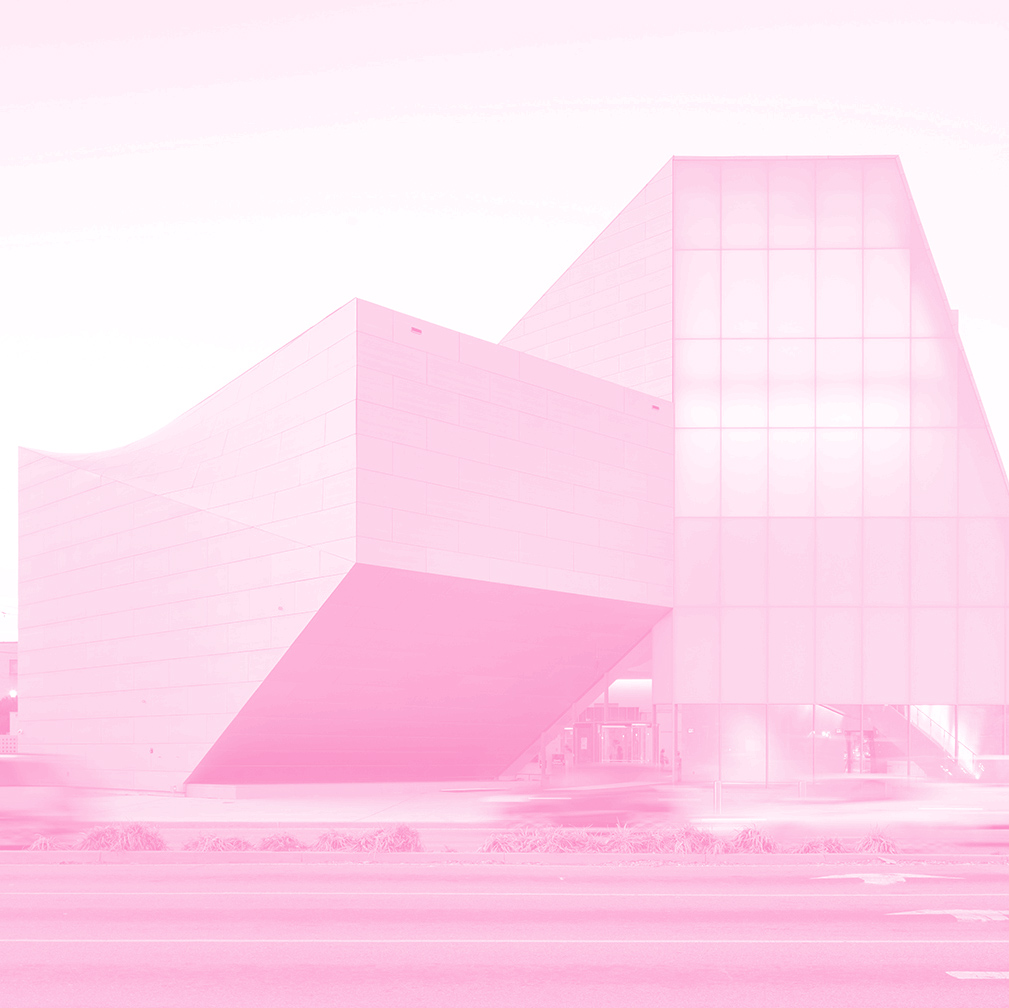Installation view, whether there was a bell or whether I knocked, Detail. Image courtesy of Terry Brown


Diverging, converging... (sound path drawing #4), Detail. Image courtesy of the artist


Installation view, whether there was a bell or whether I knocked, Detail. Image courtesy of Terry Brown


Diverging, converging... (sound path drawing #4), Detail. Image courtesy of the artist


Installation view, whether there was a bell or whether I knocked, Detail. Image courtesy of Terry Brown


Stephen Vitiello
WHETHER THERE WAS A BELL OR WHETHER I KNOCKED
whether there was a bell or whether I knocked consists of intertwining layers of sound, Vitiello recorded the voices of individuals ranging from international colleagues to Richmond youth. Each reads from The Garden of Forking Paths (1941), a story by the Argentinian writer Jorge Luis Borges that also inspired architect Steven Holl’s design for the ICA at the Markel Center. In this work, Vitiello used five different English translations, along with German, Chinese, and the original Spanish. His aesthetic transformation of this text raises important questions. Borges’ nuanced story resists interpretation, but the wartime tale is in part about the consequences of individual choices to speak or be silent, to act or be still—each of which leads to an alternate future. What paths will we choose to take or avoid? What does it mean to speak clearly, to listen well, to make sense of a complex mix of voices?
Vitiello designed his installation so that a chance-based algorithm moves voices through the speakers and alters the placement, volume, relative legibility, and layering of voices during each “reading” of Jorge Luis Borges’ story. The looping motion of sound through the space may recall the curves and edges of the ICA’s building and the forking paths of the text.
In addition, collaboration with immersive environment specialist Zach Duer, Vitiello uses a robot to produce drawings that visually map the voices as they move through the speakers. Like each activation of the sound installation, each of the four Diverging, converging…(sound path drawings) exhibited alongside whether there was a bell or whether I knocked are slightly different from the next. Their form also is inspired by a “blind drawing” (i.e., a drawing made without looking at the page) purportedly made by Borges.
Readers include: Kimberly Barnes, Paola Zellner Bassett, Edward Bova, Karen Kopryansk, Tracy Leipold, Danny McCarthy. Bernice McCormack, Dean Moss, Lane Shi Otayoni, Tawnya Pettiford-Wates, Ajay Reddy, Rex Richardson, Angelika Sautter, Sabrina Simmons, Natalie Schwartz, Edwin Torres, Courtney Vollmer, and Andrew Wisnieweski.
Special thanks to Kelsey Sheaffer (VCU, Innovative Media, James Cabell Library, Monroe Park Campus) for her assistance in the production of Diverging, converging… (sound path drawing #1-#20).
ON VIEW
whether there was a bell or whether I knocked, 2018. 18 channel sound installation; 32:00 sequence. Courtesy of the artist Supported by the National Endowment for The Arts
Engineer: Tanner Upthegrove
Programmer: Zach Duer
Sound engineering conducted at Virginia Tech’s Institute for Creativity, Arts and Technology (ICAT)
Diverging, converging… (sound path drawing #1-#20), 2017. All work four works are archival ink on paper, framed courtesy of the artist.
LOCATION
Gallery 2
“Translation is key to my piece and translation is an act that can open up a text to multiple meanings and implications depending on who is saying it and how it is being said (and heard).” –Stephen Vitiello
WHAT MOTIVATES YOU AS AN ARTIST?
Listening motivates me first and foremost. In addition, for the last 10 years, literature has been a strong influence on my work—sometimes for specific instances of language but also for structure in contemporary literature which I’ve found has affected the way I create certain sound pieces.
ARE THERE DETAILS IN THE WORK YOU’RE SHOWING IN DECLARATION THAT YOU’D ESPECIALLY LIKE AUDIENCES TO PAY ATTENTION TO?
It may take some time to adapt to listening to the layered mix of voices to start to sense how sounds are moving through the space. Time is quite important as one listens through the 30-minute sequence but space is also important. There is a “generative” aspect to the spatialization so that the way the voices move from speaker to speaker is different with every playback of the 30-minute sequence. Borges was drawn to labyrinths and I have taken that to heart with the design of this installation.
WHAT DOES THE WORD “DECLARATION” MEAN TO YOU?
I sense that for the most part “declaration” is being used in this exhibition for the political implications, of speaking out. In the case of my work, declaration might speak more to the idea of announcement, but also a community of voices, with layered meaning.
DO YOU BELIEVE ART HAS SOCIALLY TRANSFORMATIVE POWER?
I believe it does but personally, I aim more for individual transformation. If someone experiences my work and listens with care to my work and later finds that it has encouraged them to listen to other aspects of their environment with attention, and even pleasure, discovering a new musicality around them than I feel I’ve accomplished something.
Born 1964, New York City; Lives in Richmond, Virginia
Stephen Vitiello is an electronic musician and visual artist. Vitiello composes music for independent films, experimental video projects and art installations. As an installation artist, Vitiello constructs atmospheric installations and soundscapes that alter the viewer’s perception of his surroundings. He is particularly interested in the physical aspect of sound and its potential to define the form and atmosphere of a spatial environment.
Vitiello received his BA from State University of New York at Purchase. Select solo exhibitions: MASS MoCA in North Adams, MA (2011- ongoing); American Contemporary in New York (2014); and The High Line in New York (2010-2011). Select group exhibitions: Museum of Modern Art, New York (2013); PS 1/MoMA, Long Island City, NY (2011-2012); The 15th Biennale of Sydney, Australia (2006); The Cartier Foundation in Paris, France (2003); and the Whitney Biennial, Whitney Museum of American Art, New York (2002). Select performances: Tate Modern, London; The San Francisco Electronic Music Festival; and The Kitchen, New York. Awards include: Creative Capital (2006) and a Guggenheim Fellowship (2011-2012). Vitiello is a professor of Kinetic Imaging at Virginia Commonwealth University.

 10 AM-5 PM
10 AM-5 PM

 Area Map
Area Map  Parking
Parking